Indiana Dunes National Park: 1st Time Visitor Guide
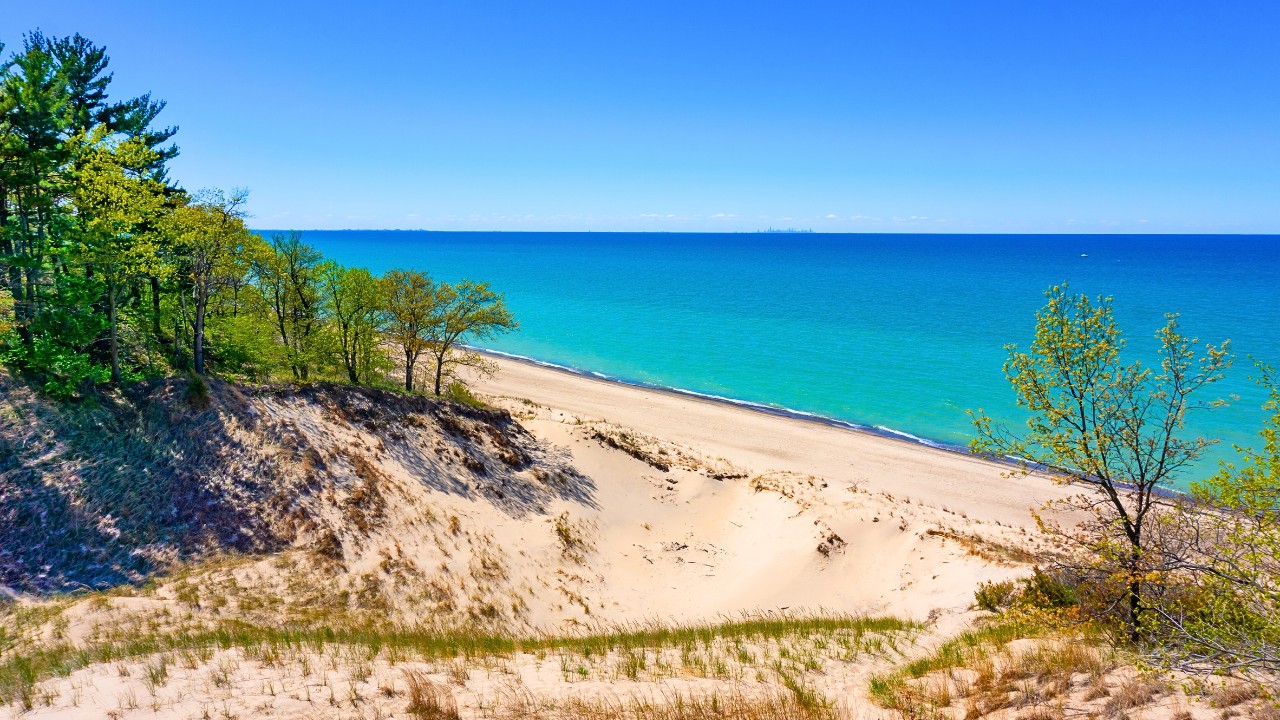
Indiana Dunes National Park is where the Midwest meets the wild. Located along the southern tip of Lake Michigan, this hidden gem is home to over 15,000 acres of windswept sand dunes, peaceful beaches, hardwood forests, and rare ecosystems you won’t find anywhere else in the U.S. If you’re planning your first visit, this guide covers everything you need to explore the park confidently, from hikes and activities to lodging and key planning tips.
Overview
- Location: Northwest Indiana, along Lake Michigan’s southern shore
- Size: 15,349 acres
- Main Attractions: Sand dunes, beaches, wetlands, prairies, oak savannas
- Visitor Centers: Indiana Dunes Visitor Center and Paul H. Douglas Center for Environmental Education
- Entry Fee: $25 per vehicle (valid for 7 days)
Indiana Dunes was officially designated a national park in 2019, making it one of the newest in the system, but its natural and cultural history stretches back thousands of years. With over 50 miles of trails and 15 miles of lakeshore, this park is incredibly diverse in both terrain and recreational opportunities.
10 Best Things to Do
1. Hike Mount Baldy

While direct climbing access is limited due to preservation efforts, a marked trail leads visitors through a forested route to a stunning overlook with panoramic views of Lake Michigan. Ranger-led hikes occasionally allow access to the summit itself, check ahead if you’d like to participate.
2. Relax at West Beach
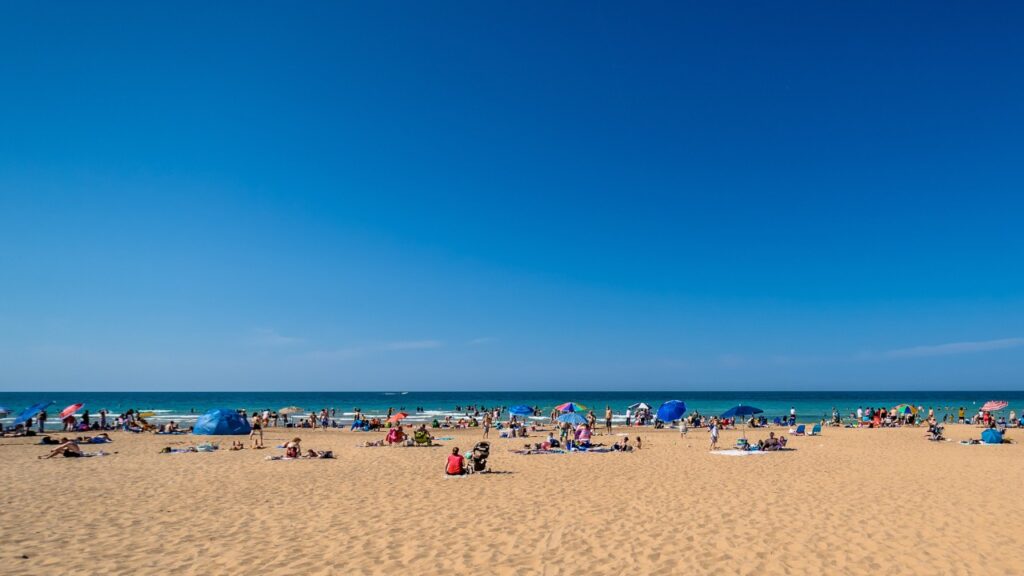
West Beach is one of the most accessible and well-maintained beaches in the park, complete with a bathhouse, picnic areas, seasonal lifeguards, and plenty of parking. It also offers trail access to the Dunes Succession Trail, giving you the option to combine beach time with a scenic hike.
3. Explore the Dune Succession Trail
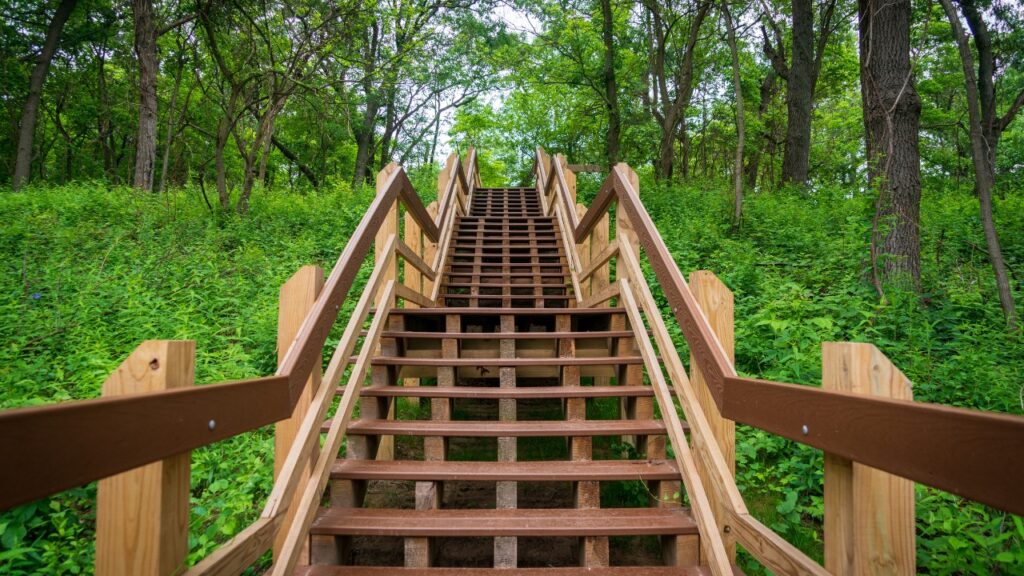
Located at West Beach, this short but educational trail features a boardwalk and stairs that guide hikers through the natural stages of dune development, from open sand to mature forest. Interpretive signs along the way explain the ecological succession that makes Indiana Dunes so unique.
4. Visit the Paul H. Douglas Center

Perfect for families and curious visitors, this nature center features hands-on exhibits about the park’s diverse habitats, live animal displays, and nature-based play areas for kids. It also serves as the trailhead for the scenic Miller Woods Trail, which winds through wetlands and oak savannas before reaching the lakeshore.
5. Stroll the Historic Century of Progress Homes

These five architecturally distinct homes were originally built for the 1933 Chicago World’s Fair and later moved to the lakeshore near Beverly Shores. While interior tours are limited to special events, you can walk by the homes year-round to admire their Art Deco, modernist, and futuristic designs that once symbolized the “home of the future.”
6. Take a Beach Walk at Porter Beach
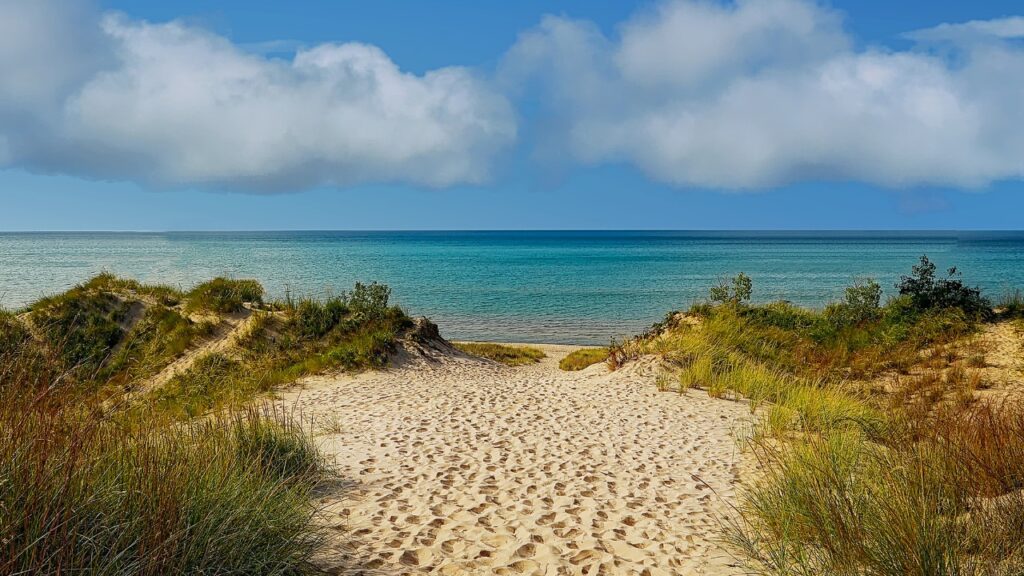
Located near the town of Porter, this smaller beach offers a quieter alternative to more popular areas. It’s a great spot for a relaxed walk, beachcombing, or enjoying a peaceful sunset. There are fewer amenities, but that’s part of the charm—expect a more natural, uncrowded vibe.
7. Enjoy Sunset at Kemil Beach
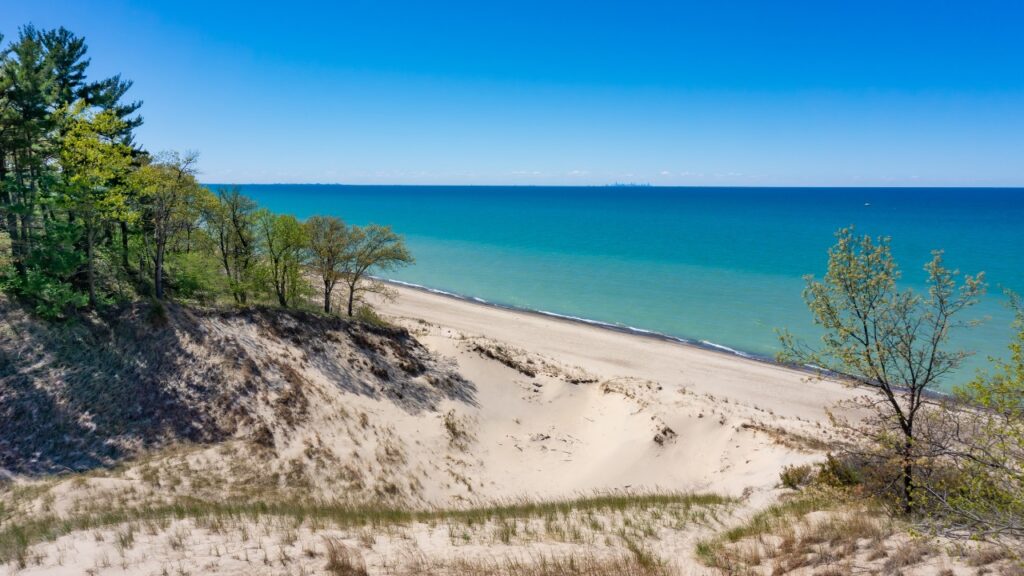
Kemil Beach is one of the best-kept secrets in the park for watching the sun set over Lake Michigan. Set just off a quiet forest road, it has limited parking and minimal development, making it perfect for those who prefer a tranquil, less commercialized beach experience.
8. Try Birdwatching at Cowles Bog
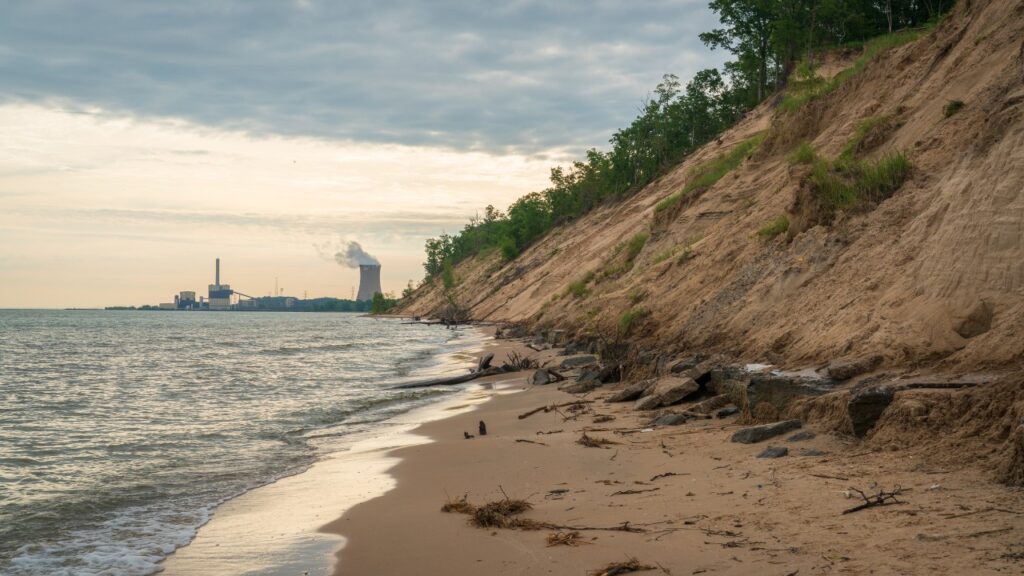
Named after ecologist Henry Cowles, this trail system takes you through wetlands, woodlands, and dunes, showcasing a variety of bird species and rare plants. It’s a hotspot for spring and fall bird migration, with chances to see herons, woodpeckers, and even rare warblers. The loop culminates in a challenging dune climb with lake views.
9. Bike the Calumet Trail
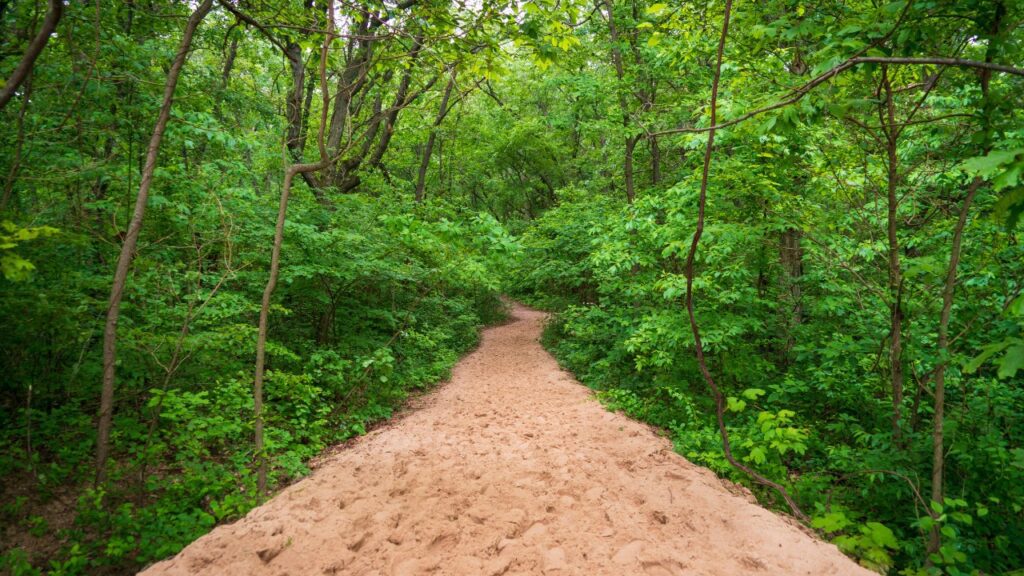
Running parallel to the South Shore Line railroad and U.S. Route 12, this flat 9-mile trail offers easy pedaling for all skill levels. It passes through woodlands, wetlands, and alongside dunes, offering access to multiple trailheads and scenic areas within the park. Great for casual bikers and birdwatchers alike.
10. Winter Sledding at Devil’s Slide
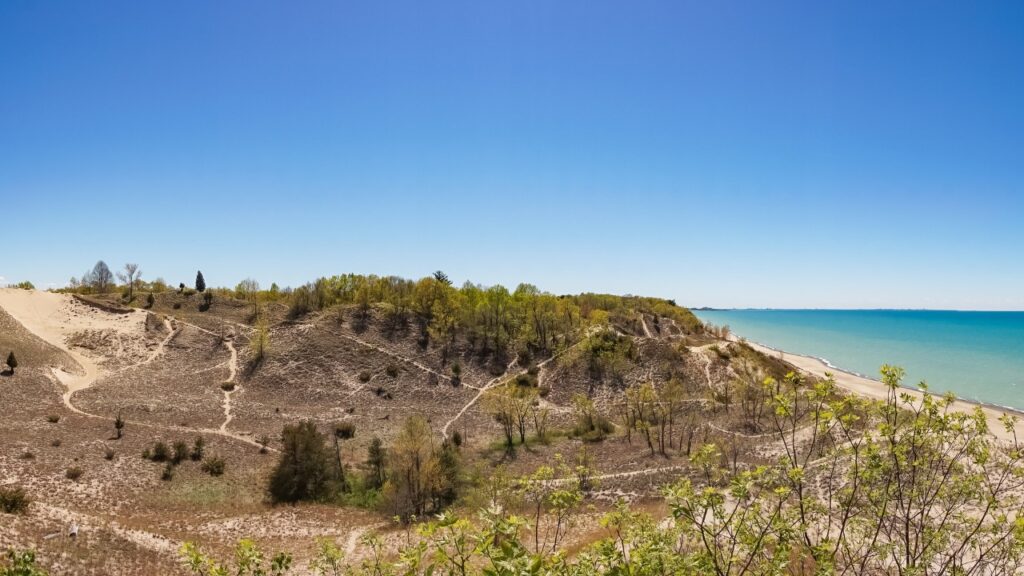
In the winter months, Devil’s Slide becomes one of the park’s best sledding hills. Located near the State Park’s trail systems, it offers a thrilling ride down the dune and spectacular snowy views of the surrounding forest. It’s a seasonal highlight for families and anyone looking to enjoy the park year-round.
There’s a surprisingly many things to do in this park and I highly recommend this great Tripadvisor post where people share their top recommendations.
Fun Fact: Did You Know This…
There are many dunes scattered across the US. Some on the coastlines of the country, others deep within states located deep inland. Here’s one of the most popular:
Best Hikes (Beginner to Advanced)
Beginner
- Dune Ridge Trail (0.7 miles) – Easy loop with a nice overlook of the marshlands.
- Marquette Trail (3.5 miles) – A flat rail-to-trail path that connects to multiple access points.
Intermediate
- Cowles Bog Trail (4.7 miles loop) – A forest-to-dune trail with lake views and incredible biodiversity.
- Tolleston Dunes Trail (2.9 miles) – Scenic dunes, wetlands, and a pine forest in one hike.
Advanced
- Three Dune Challenge (1.5 miles) – Short but intense. Conquer the park’s three tallest dunes with steep climbs and rewarding views.
- Glenwood Dunes Trail System (6.8 miles total) – Rolling terrain through quiet woods and open fields. Great for endurance and solitude.
Best Times to Visit
- Late Spring to Early Fall (May–October) is the ideal window.
- Summer offers the best beach weather but can get crowded.
- Fall is quieter with incredible foliage along the trails.
- Spring brings wildflowers and bird migration.
- Winter is peaceful but cold, best for snowshoeing or solitude seekers.
Packing List
I recommend a couple of things to bring on your trip to this park, and you can get them on my Amazon store if you don’t already have these:
- Daypack
- Refillable water bottle
- Sunscreen & sunglasses
- Swimsuit & towel (summer)
- Layers & windbreaker (spring/fall)
- Hiking boots or trail shoes
- Insect repellent
- Trail snacks or lunch
- Binoculars (great for birding)
- Camera for beach sunsets
- National Park Pass (or America the Beautiful Pass if visiting multiple national parks)
Photos
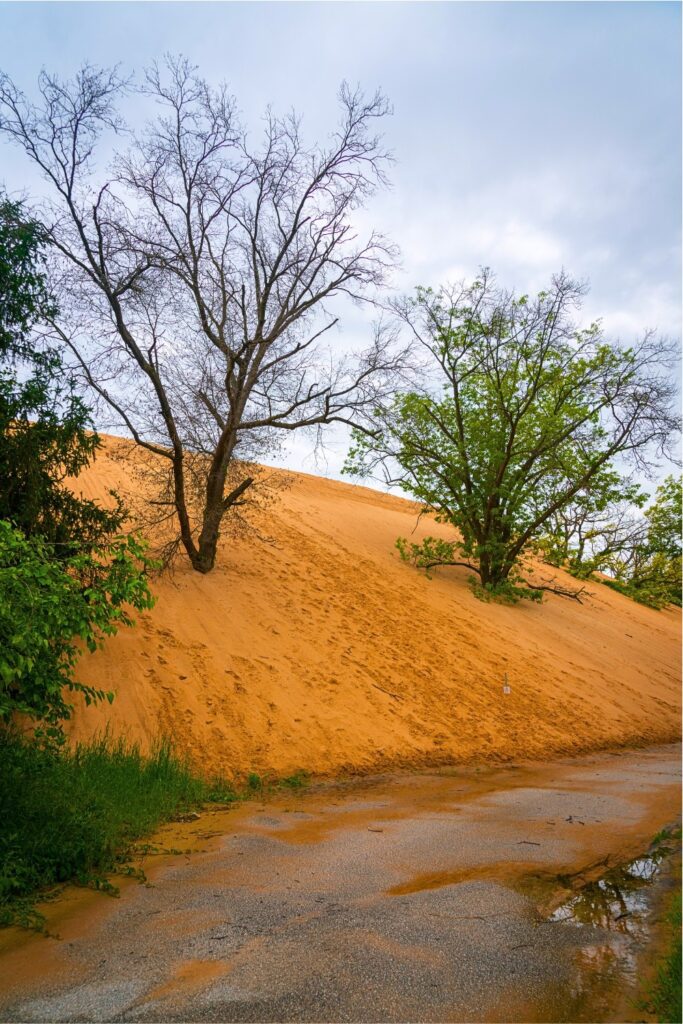
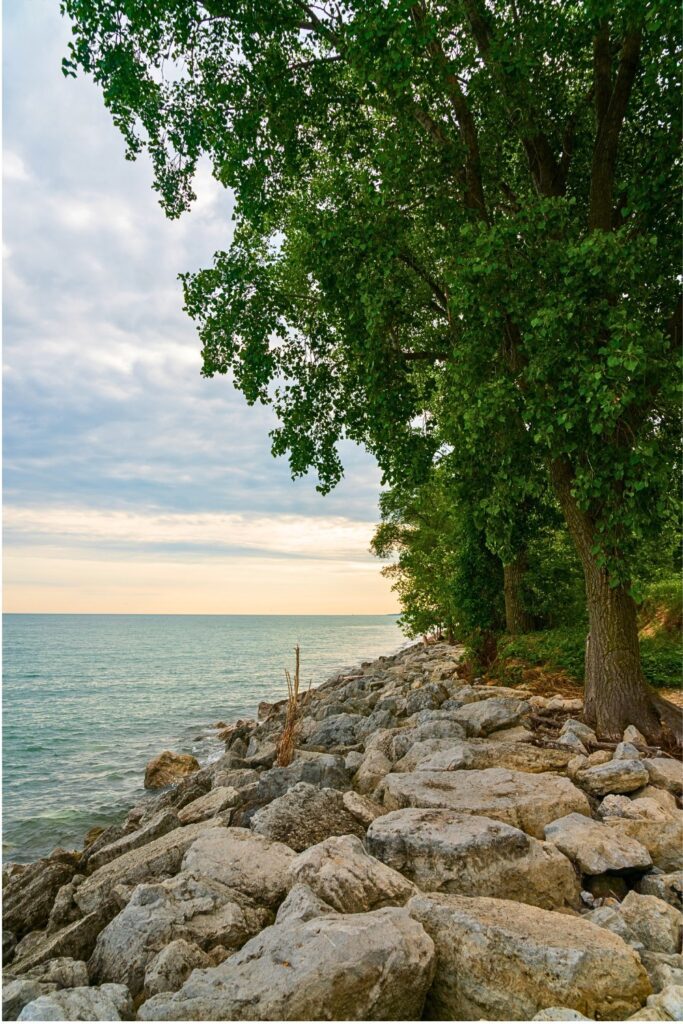
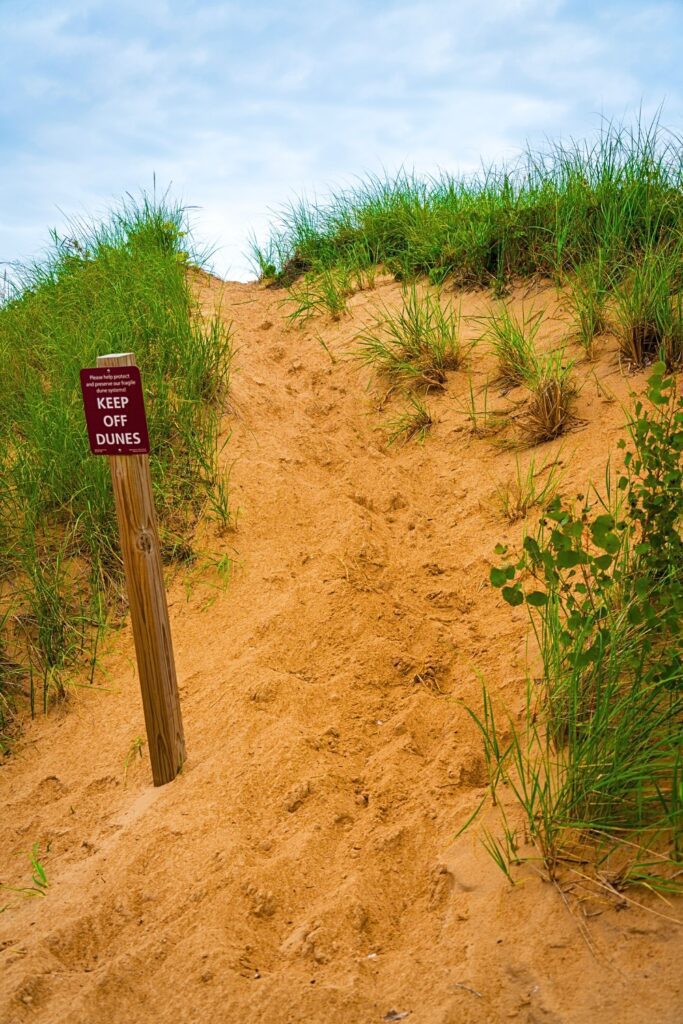
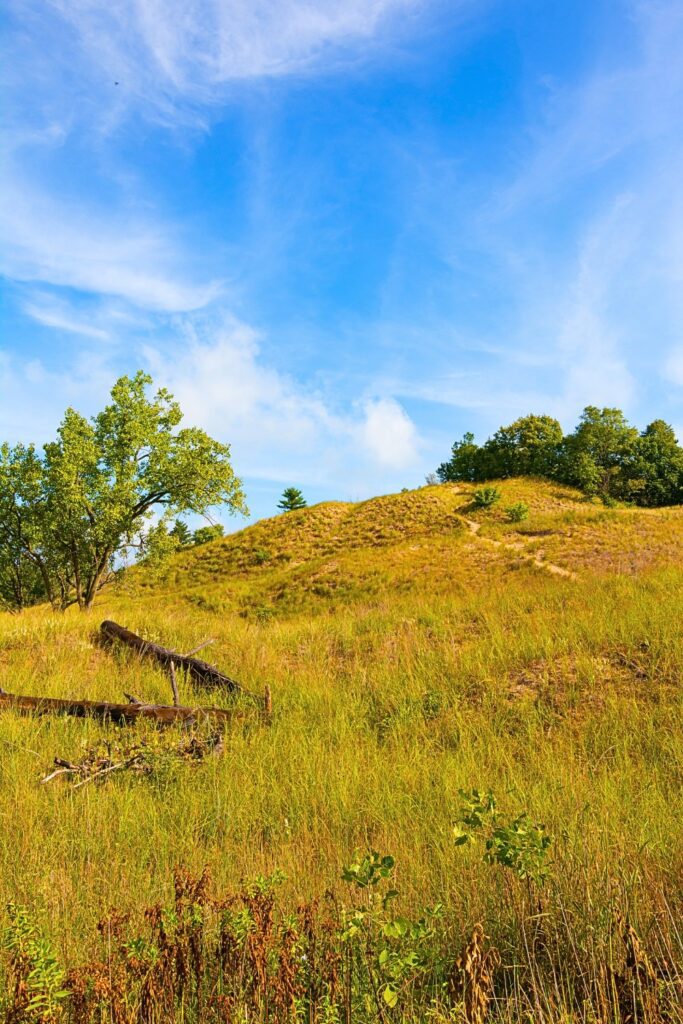
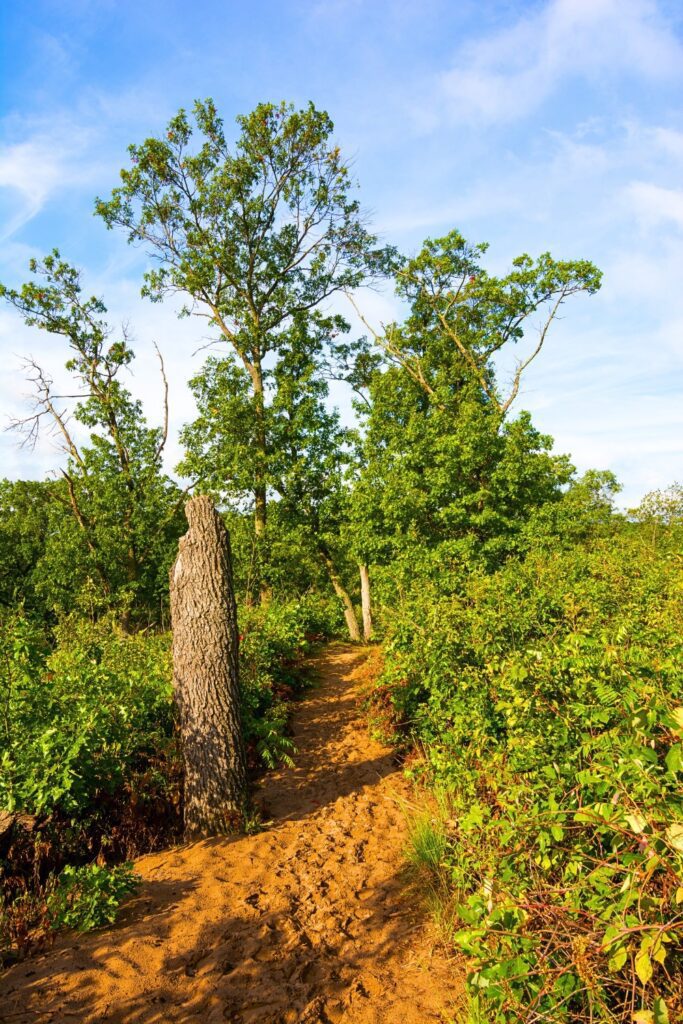
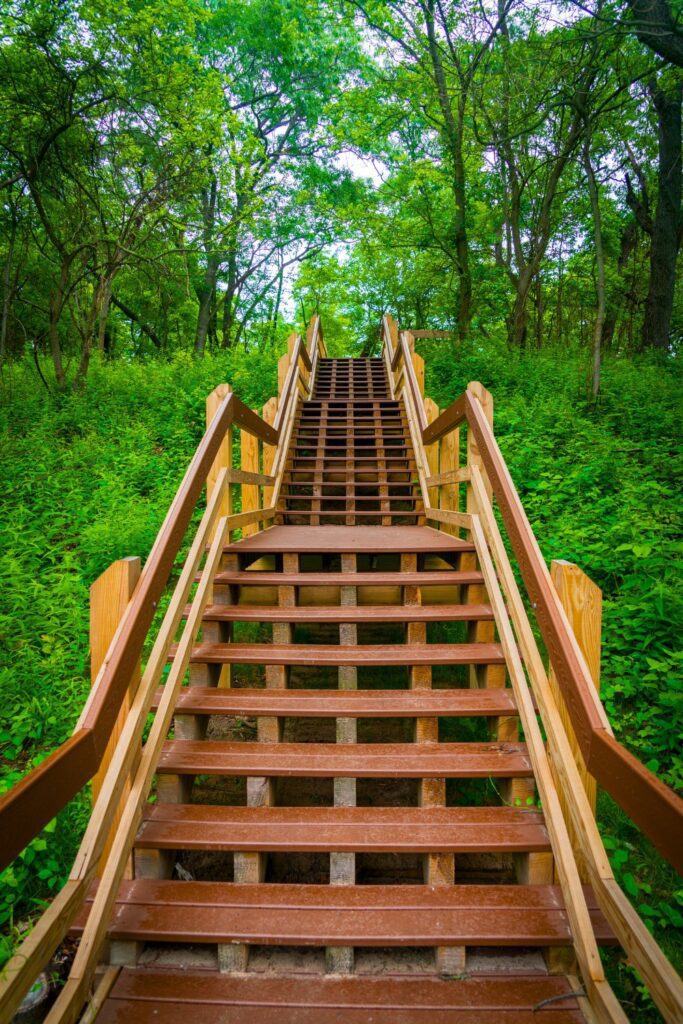

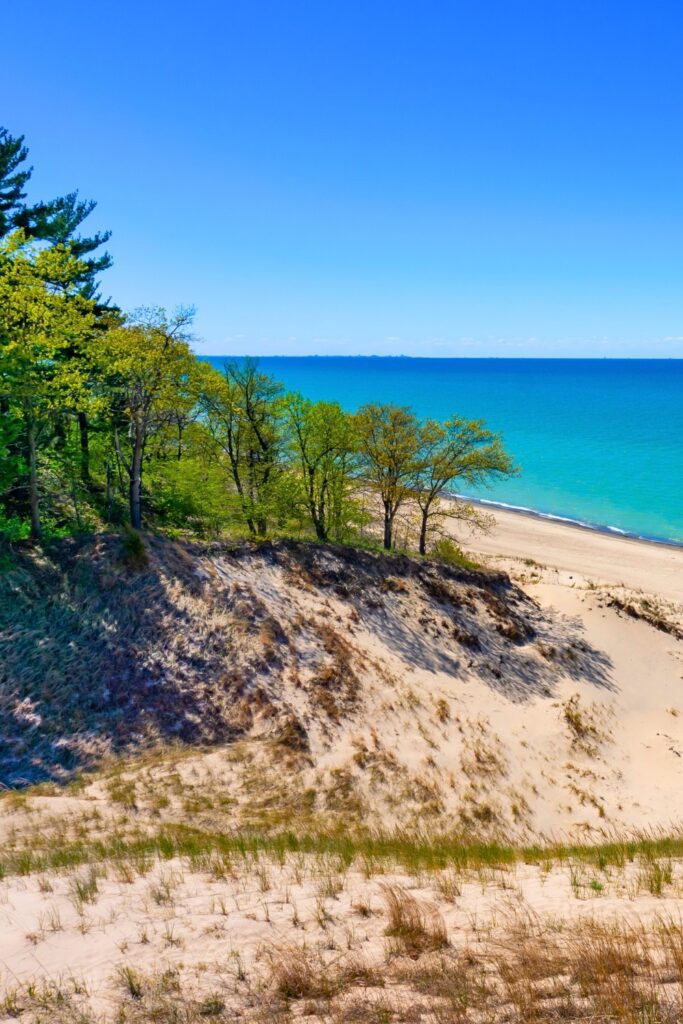
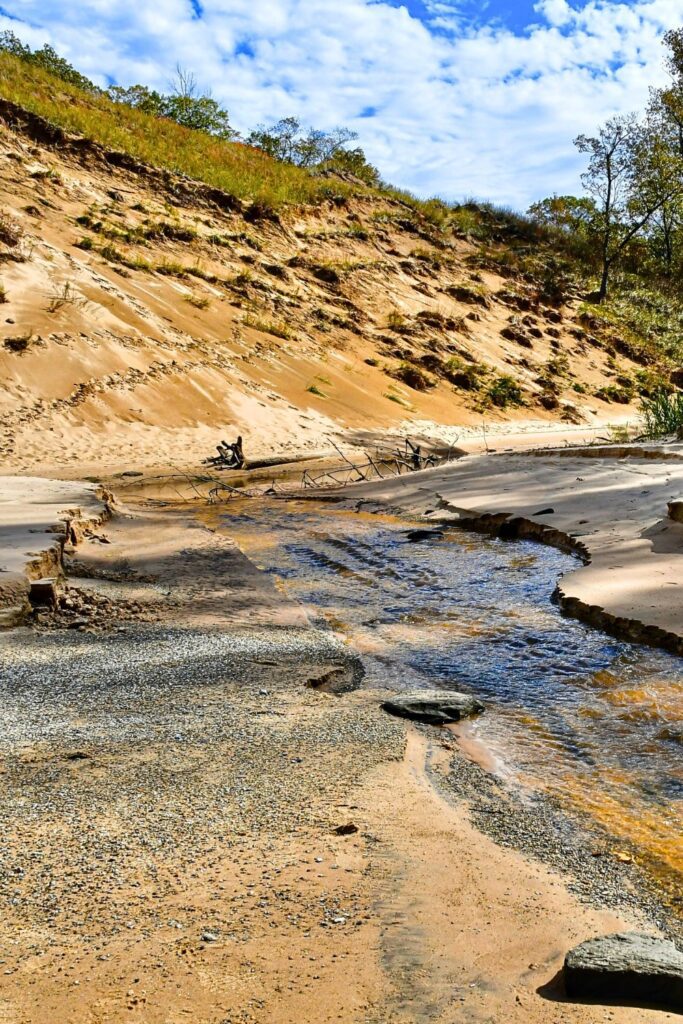

Where to Stay
- Campgrounds: Dunewood Campground, Indiana Dunes State Park Campground
- Nearby Lodging Options: Closest hotels to Indiana Sand Dunes National Park
Things to Know Before You Go
- National Park vs. State Park: Indiana Dunes National Park surrounds the more developed Indiana Dunes State Park. Both are worth visiting, but require separate entry fees.
- Beach Access: Some beaches can get crowded, visit early morning or evening for peace.
- Trail Conditions: Sandy trails are common, wear appropriate footwear.
- Pets: Allowed on most trails and beaches but must be leashed.
- Permits: No permits needed for most activities other than displaying your pass on your car’s dashboard, but group events or photography may require one.
- Weather: Winds off Lake Michigan can shift quickly, bring layers even in summer.
You May Also Like These Places:
Final Thoughts
Whether you’re scaling massive dunes, walking quiet forest trails, or cooling off in the clear waters of Lake Michigan, Indiana Dunes National Park is a surprisingly wild escape just an hour from Chicago. For first-time visitors, it offers a refreshing mix of adventure and relaxation. From sunrise hikes to sunset swims, you’ll quickly understand why this park is a Midwest treasure.
